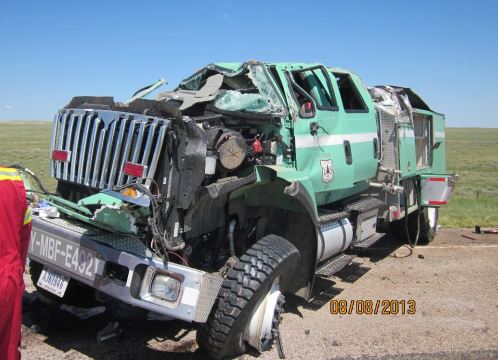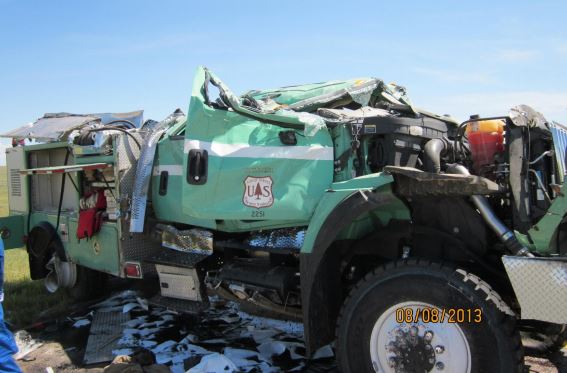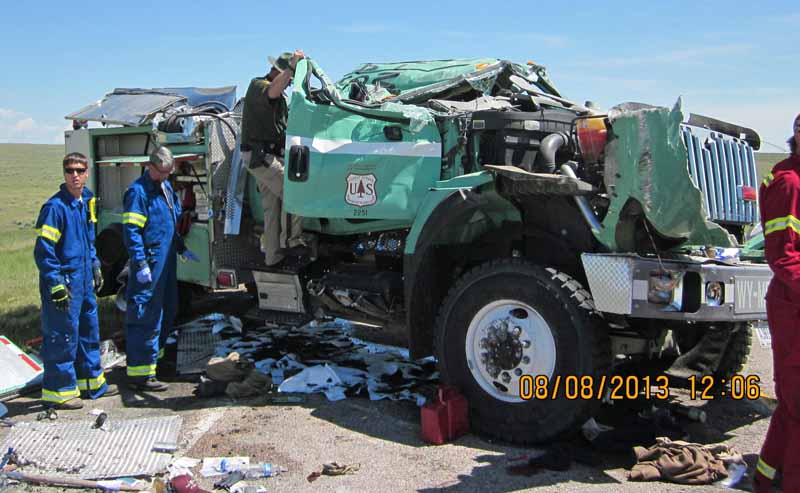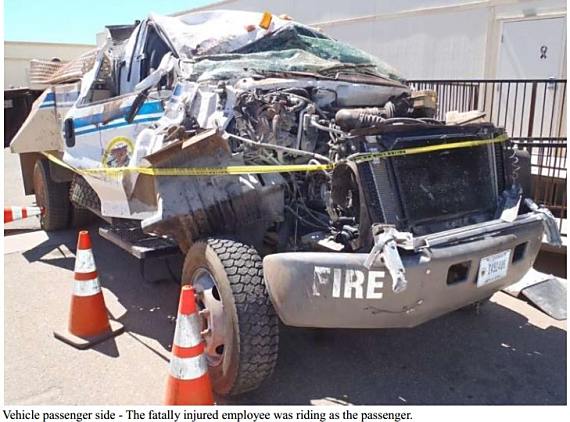The California Department of Forestry and Fire Protection has released a preliminary report on the July 6 dozer rollover on the Monticello Fire southeast of Lake Berryessa in Yolo County.
The summary:
****
“On July 6, 2014, at approximately 1320 hours, a CAL FIRE dozer was operating on Division M of the Monticello Incident. The dozer was working sidehill, constructing fire line in steep terrain. The dozer became unstable and rolled at least two times coming to rest on its tracks in a small drainage below. The operator sustained a head injury and a possible loss of consciousness.
Fire line personnel immediately responded to assist and treat the operator. A CAL FIRE helicopter performed a hoist rescue. The operator was transferred to a waiting medevac helicopter and was transported to a trauma center for evaluation. The operator was released from the hospital later that evening.”










